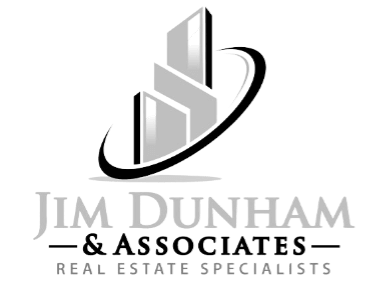Doing a good job of due diligence when purchasing investment real estate means evaluating a number of things, including property condition, geographic considerations, market factors, financial records and ratios such as CAP rate, ROI, GRM, rental history, market rental rates, retail / office tenant mix, etc. It’s easy to see why some potential investors get “analysis paralysis” – a lot of work goes into the evaluation process!
But while the steps above will indicate if a property’s current and projected financial performance meets your investment goals, you need to factor in 3 often overlooked things when it comes to available cash flow. Over and over I see examples of owners who are not prepared for these 3 basic things, resulting in cash calls, deferred maintenance, forced refinancing and in the worst cases, foreclosure.
1. Tenants will leave you. Whether you’re evaluating a commercial or a residential opportunity, know that tenants will leave you. Sometimes you can plan for it. But, sometimes they’ll leave in the middle of the night, even though they have a lease in place. Some will neglect to pay their rent. Some will cause property damage. And for those that stay? Some will require new floor coverings, a newly painted interior, etc. as a condition of their continued tenancy.
We all know a vacancy means no rent, regardless of what the lease says. A vacancy can also mean turnover costs, commercial build-out costs, holding costs such as utilities, advertising costs, and leasing commissions. Those costs can be substantial.
While no one can plan for every contingency, if the investment requires 100% occupancy to cash flow, cash calls will be a reality at some point in the future. And if you need to withdraw every dime of cash flow after debt service, allowing nothing for savings, then I’d recommend taking a pass on the opportunity.
Take away: Not being adequately capitalized to withstand the costs associates with occupancy turnover is one of the most common reasons investors aren’t successful.
2. Your property is aging right along with you. It seems like every year I need to exercise a little bit more, eat a little bit less, be little bit healthier…just to maintain. It’s no different with your investment property!
While the day-to-day things are usually top of mind – appliances, window blinds, floor coverings, light fixtures, painting, etc. people often forget to think about the bigger items, such as furnaces/boilers, AC/central air systems, roof shingles, building insulation, parking lots, fire sprinklers, electronic fencing, security systems, the façade, etc. These building system replacement costs aren’t normal operating expenses, but they are big ticket items that should be addressed in your capital expenditures budget.
No one likes to be blindsided by a $20,000 capital expenditure! While you won’t always be able to predict them, having a budget and a financial plan in place will go a long way towards turning what could have been a financial disaster into a hiccup.
Don’t have a capital expenditures budget? Start today by identifying all of the building systems, including the brand, model, serial number, age, etc. as applicable, and determine an estimated replacement date. You can download our average life expectancy guide to assist in the process.
Take away: You can’t get top dollar for your rental property if there is obvious deferred maintenance! Residential and commercial leasing is a competitive market, so your property needs to be at least as good as the competition if you want to achieve market rents.
3. Fluctuating Costs of Capital. Unless your investment qualifies for a residential mortgage, you are only locked into an interest rate for a fixed number of years, frequently 5 or 10. Once your fixed term is up, you will have to refinance the loan (unless you are in the enviable position of paying it off). If the property is running really “close to the bone”, then an additional 1% in interest may take your asset’s financial performance from surviving to non-performing.
Even if that’s not the case, the increased cost of capital may be enough to eat up all or most of the available cash flow…in other words, your profit!
While you cannot control external factors like interest rates, you can plan for them. Pay attention to interest rates. Know when your loan balloons, and start shopping for new financing early. Pay attention to market cap rates. Maintain your property in a Class A manner and raise rents as the market allows so your property appraises at its highest.
Take away: Rental rates are set by the market. Just because your costs go up, it doesn’t mean you can increase rents to cover those costs – another common mistake. If your rents are above market against comparable properties, you’ll just see your vacancy increase until you’re forced to reduce rents just to get your occupancy levels back up. And if you have a commercial property with long-term leases in place, a rental increase isn’t even an option.
Keeping the above 3 items in mind will not only assist in the evaluation process, but will help you create an action plan to address the most common surprises that may come your way. Need help getting started? Just reach out – we’d love to learn more about how real estate plays into your investment future!




Comments (0)